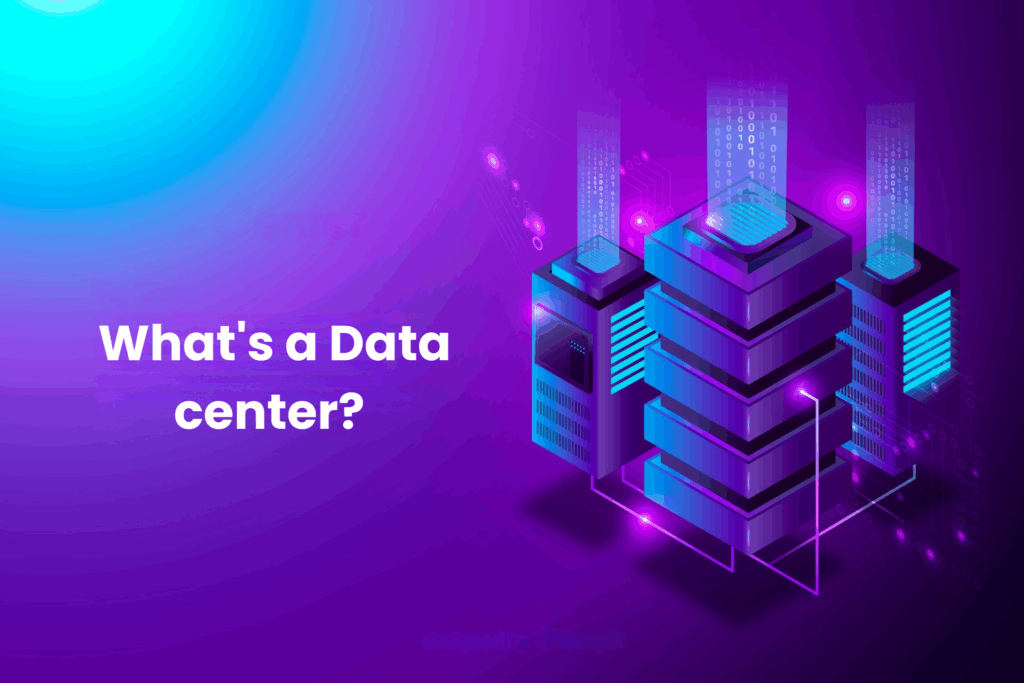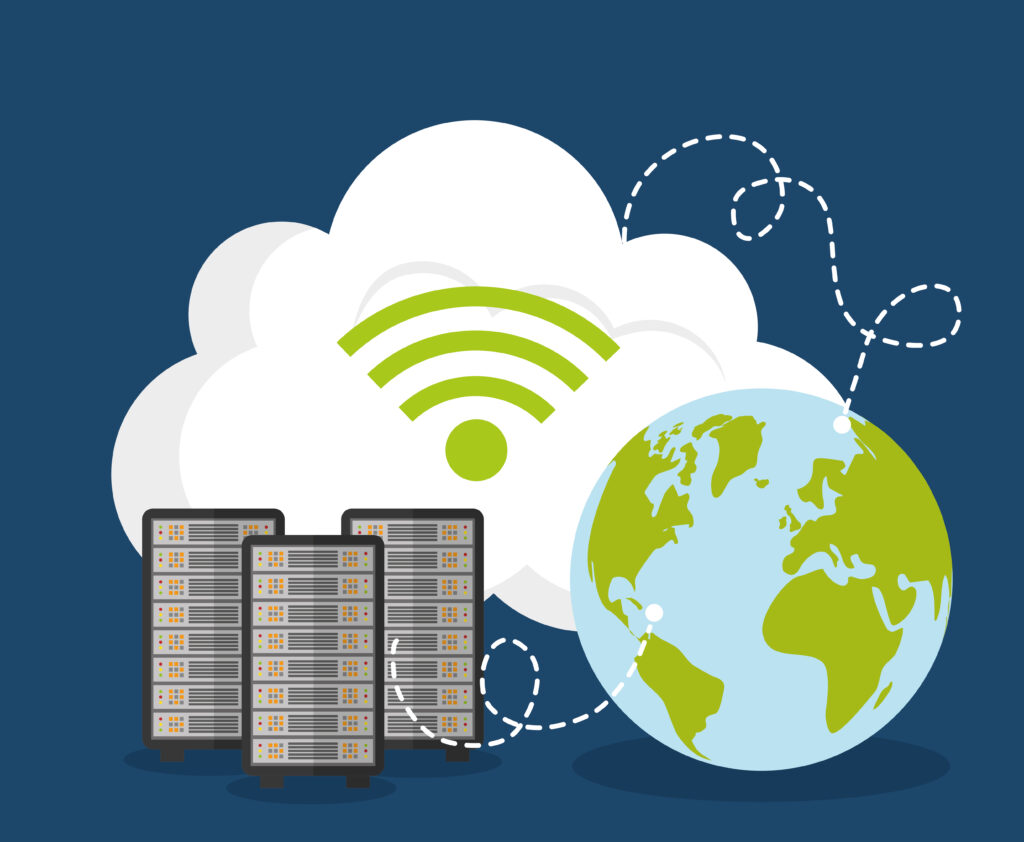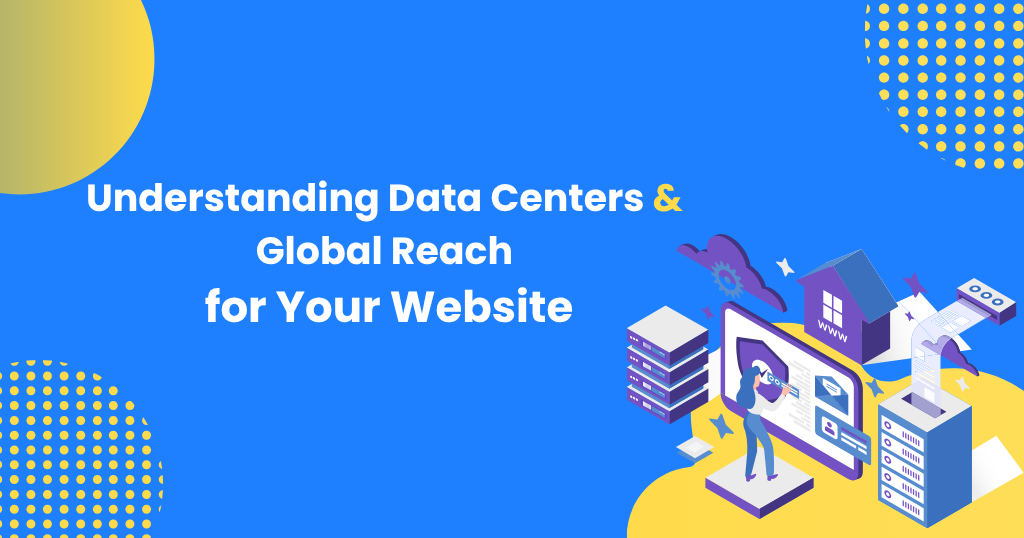Table of Contents
You might not know them by name, but they’re the silent force powering everything you do online, from browsing websites to running global businesses. These are data centers, the core of today’s internet.
Every click, stream, or online transaction relies on a network of servers housed inside these high-tech facilities.
They don’t just store your data; they deliver speed, stability, and performance. For website owners and global businesses, the location and quality of your data center web hosting directly impact your users’ experience.
But what exactly is a data center? How does its location affect your website’s speed and global reach? And how do you choose the right one?
This guide will walk you through the beginning of understanding the role of global data centers to selecting the best web hosting location for your business
What Are Data Centers?

A data center is a specialized facility , aroom, a building, or even a complex ,that houses the IT infrastructure needed to store, process, and deliver the digital services we rely on every day. Inside, you’ll find servers, storage systems, networking equipment, and cooling and power solutions, all working together to keep websites, applications, and cloud platforms running smoothly.
Think of a data center as a massive warehouse for information. It’s where businesses store critical data, run essential applications, and ensure round-the-clock access to their services. Whether you’re streaming a movie, checking email, or managing an e-commerce platform , chances are, your data is passing through a data center.
For businesses, these facilities are much more than storage hubs. They’re the backbone of daily operations, providing secure, high-performance environments for everything from internal apps to customer-facing websites.
As the digital world grows, so does the demand for reliable and scalable data centers , especially those that support cloud computing, hybrid environments, and international user bases. That’s why data centers are increasingly viewed not just as tech infrastructure but as strategic assets in both business and investment contexts.
Key Components of a Modern Data Center:
- Servers: These are the core computing units that run applications and process vast amounts of data.
- Storage Systems: Devices like disk arrays and tape libraries securely store business-critical information.
- Networking Equipment: Switches, routers, and cables connect all systems and enable fast, secure data communication.
- Power Infrastructure: Includes Uninterruptible Power Supplies (UPS) and backup generators to prevent downtime during outages.
- Cooling Systems: These prevent overheating and ensure optimal server performance, using CRAC units or liquid cooling methods.
- Security Measures: Data centers are highly secure, with biometric access, surveillance, and physical barriers to protect sensitive data , learn how bandwidth, storage, and databases impact your hosting plan
For businesses, these facilities are much more than storage hubs. They’re the backbone of daily operations, offering performance, security, and scalability.
Not all data centers are built the same , understanding the differences can help you make smarter decisions about where and how to host your data. Below is a quick overview of the most common
Data center types used by modern businesses:
1. Colocation Data Centers:
You bring your own servers; the provider offers power, cooling, and security, renting space only.
-Great for businesses that want control without owning a facility.
2. Enterprise Data Center (On-Premises) :
Located on-site or in a private facility , Fully owned and operated by the company
and Offers full control and high security, but requires high cost and maintenance
3. Cloud Data Center:
Owned by cloud giants like AWS, Google, Azure ,Hosts millions of users and workloads and Scalable, flexible, and pay-as-you-go
How Data Center Location Affects Speed

When a visitor accesses your website, there’s a brief delay ,called latency ,between their device and your server. The greater the distance between them, the longer it takes for data to travel, affecting how fast your site loads.
Why Proximity Matters
The closer your data center is to your users, the faster your website performs. For example, a user in New York will experience faster load times if your server is in the U.S. rather than in Asia. Even just a 100-millisecond delay can reduce conversions by 1%, which adds up fast in eCommerce.
Local vs. Global Strategy
- If most of your traffic is regional (e.g., only U.S. users), host your website in a nearby data center.
- If your audience is global, rely on a Content Delivery Network (CDN) to serve data from multiple locations worldwide.
Speed Optimization Techniques
- Edge Computing
Places mini data centers close to users, giving faster, low-latency responses—perfect for real-time apps and services. - Caching
Stores frequently used data locally, similar to stocking top items in a convenience store. Less travel time = quicker access. - CDNs
Distributes your site’s data across global servers. When someone visits, the nearest server responds, reducing delays. Explore how CDN and server optimization improve hosting speed
Global Hosting Infrastructure
Leading hosts use global data centers or CDNs to deliver faster, more reliable performance worldwide.
Benefits:
- Faster loading for users everywhere
- More uptime & better backup
- SEO boosts from better UX
Some hosts even let you pick your main data center, perfect if your audience is in one region.
And discover how Thamara can power your global digital presence.
Tier Levels of Data Centers
Not all data centers are created equal. They’re categorized into Tiers I–IV to show how reliable and resilient they are:
🔹 Tier I – Basic
- Minimal infrastructure
- Limited backup power and cooling
- Requires full shutdown for maintenance
- ~99.67% uptime
🔹 Tier II – Redundant Components
- Backup power and cooling systems
- Less downtime risk during maintenance
- Still vulnerable to unexpected failures
- ~99.74% uptime
🔹 Tier III – Concurrently Maintainable
- Multiple distribution paths
- Can maintain or replace equipment without shutdown
- Much higher reliability
- ~99.98% uptime
🔹 Tier IV – Fault Tolerant
- Fully redundant, isolated systems
- Handles planned and unplanned events without impact
- Ideal for critical operations
- ~99.995% uptime
Tip: For mission-critical applications, choose Tier III or IV to ensure maximum uptime and performance
How to Choose Based on Reach
Here’s how to align your data center web hosting decision with your business goals:
- Local Business: One reliable data center near your primary user base may suffice.
- Regional Expansion: Choose providers with data centers in multiple countries within your region.
- Global Presence: Look for hosting providers with a global network of data centers, and possibly integrate a CDN.
Always check where the provider’s data centers are located and whether you can choose or change your hosting location.
Final Takeaways
- Data centers are the backbone of your website’s performance.
- Location directly impacts speed, user experience, and search engine rankings.
- Tier levels define the quality and reliability of the hosting infrastructure.
- Businesses with international users should prioritize global data centers or hosting providers that offer location flexibility.
Choosing the right data center web hosting isn’t just about storage , it’s about strategic reach and performance.
At Thamara, we leverage a network of global data centers in multiple strategic locations to ensure your website delivers fast, reliable performance—no matter where your users are. Make sure your website is not just live but lively across continents and time zones.
FAQS
1. What is a data center in web hosting?
A data center is a secure facility that houses the servers, storage, and networking infrastructure needed to host websites and applications. It ensures your site stays online and loads quickly for users.
2. Why does data center location matter?
The closer your data center is to your users, the faster your website loads. Shorter distance = less latency = better performance.
3. Where is the Thamara Data Center location?
Thamara operates data centers in Canada and South America, providing strong coverage for both North and Latin American audiences. These strategic locations ensure low latency, fast performance, and reliable uptime for users across the Americas.



